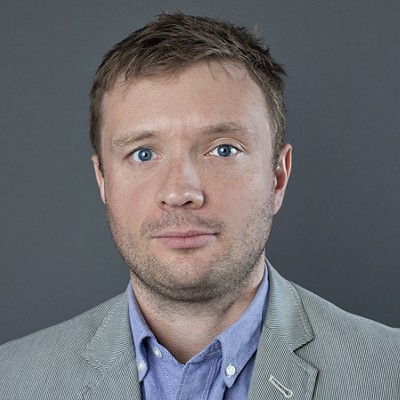Cancer clusters -- hot zones of highly contaminated turf that see a spike in disease -- are incredibly hard cases to win in court. Not only do they take years of legal battle and involve a lot of high-end science but usually such cases pit homeowners against corporations with boatloads of money to burn on endless litigation. In rural Palm Beach, a battle between residents of an unincorporated patch of the county and a defense contractor has shaped up along those David-versus-Goliath lines.
When you plunge into the figures involved in the number of cancer cases in the Acreage, it's truly disturbing. The Nation recently pried the lid off the situation with a thorough investigation this month on the rates of kids coming down with cancer in the area.
Typically, each year, one in 30,000 to 40,000 children in the United States is expected to develop a brain tumor; but the Acreage, with a population of 39,000, had four pediatric brain-tumor cases between 2005 and 2007. Though the investigation turned up thirteen brain tumors in Acreage kids between 1994 and 2007, the official cluster consisted of just three girls, all of whom were diagnosed with brain cancer between 2005 and 2007. Based on the calculations in the report from the Florida Department of Health, a girl's chance of getting a brain tumor in the Acreage was five and a half times what it was in the rest of Florida. And that scary figure didn't include the four additional Acreage children who were diagnosed with brain tumors the following year, 2008. Nor did it account for the fact that many of the cases were clumped in the northern part of the study area, which meant that the concentration of cancer in that particular spot was even higher there than what the Health Department had found in the larger area. Indeed, some of the children with cancer had lived just 1,000 feet from one another.
For awhile, some residents have pointed an accusing finger at a massive 7,000-acre campus of engine manufacturer Pratt & Whitney. The facility sits on the same aquifer as the residential area. The company, which has $10 billion in defense contracts and millions in tax breaks from the State of Florida, has possibly been linked to a number of top-secret projects that used dangerous materials such as liquid hydrogen and radioactive elements.
There are a number of smoking-gun pieces of evidence linking the campus to local contamination. The Nation piece dug up a University of Miami report on the effects of 2,000 gallons of a carcinogenic solvent that leaked into area waterways. The subsequent report, which the company initially commissioned and then rejected after hearing the results, "found that, between 1967 and 1980, the average death rate from cancer among the company's employees had shot up from 13 per 100,000 workers to 122 -- a roughly ninefold increase," according to The Nation.
But Pratt & Whitney and its parent company, United Technologies Corp., have long pushed back against charges of contamination. In the '80s, the company was able to block the EPA from labeling the Palm Beach campus as a Superfund site, which would have required more public disclosure and clean-up.
And when a group of Acreage residents filed lawsuits against the company, United Technologies fought back, convincing a federal judge to throw out claims of negligence, liability, and nuisance. Residents had failed to find concrete links to the company and contamination.
But a ruling this month by a higher court has given residents some hope. In a 37-page opinion, an appeals court in Palm Beach reversed the lower court's decision, restarting the suits against the company.
Follow @NewTimesBroward











